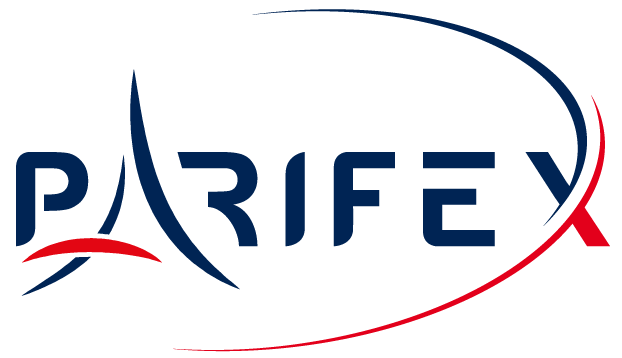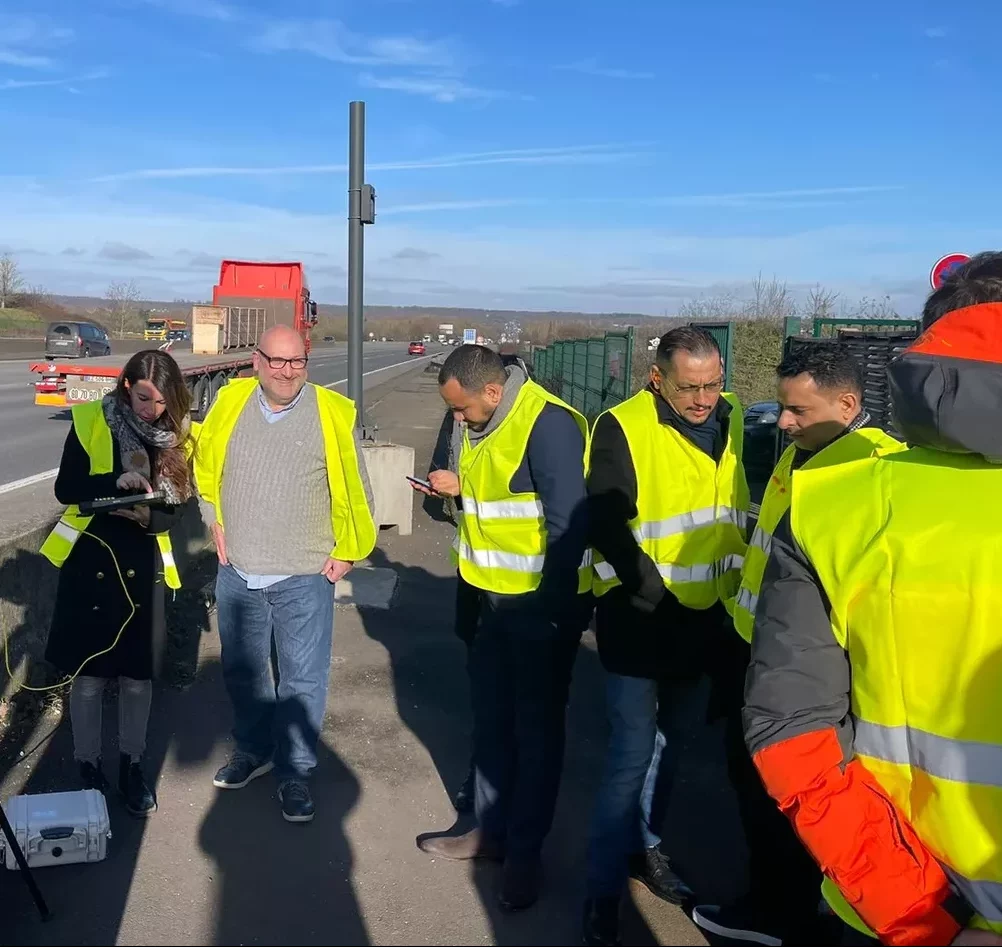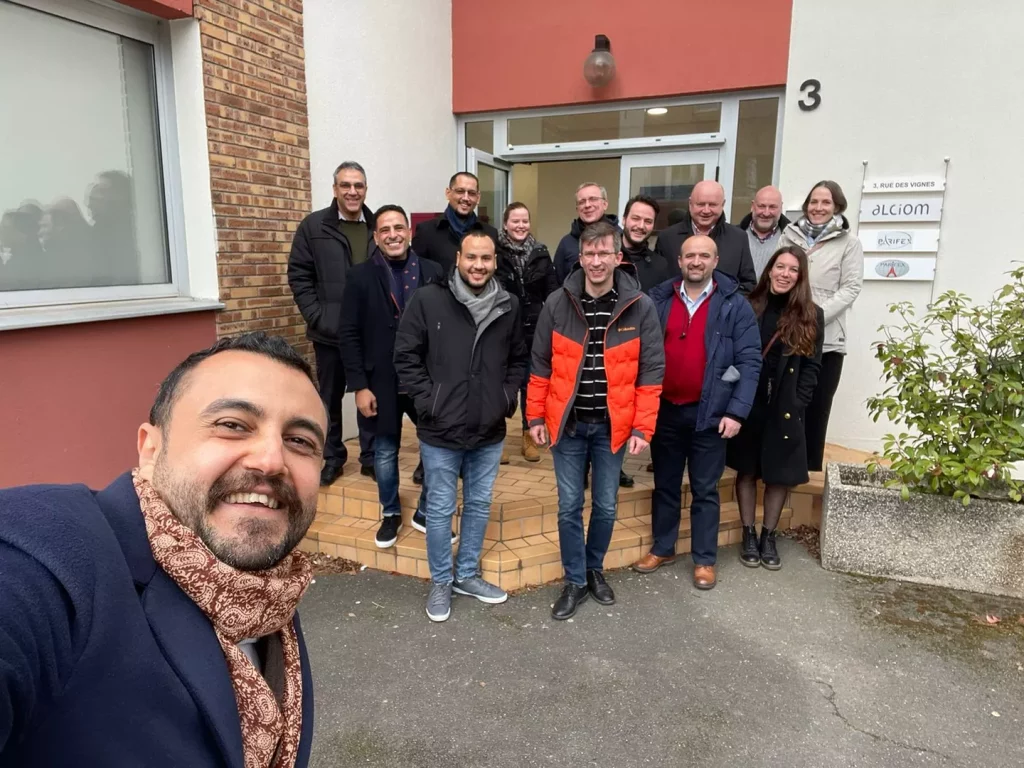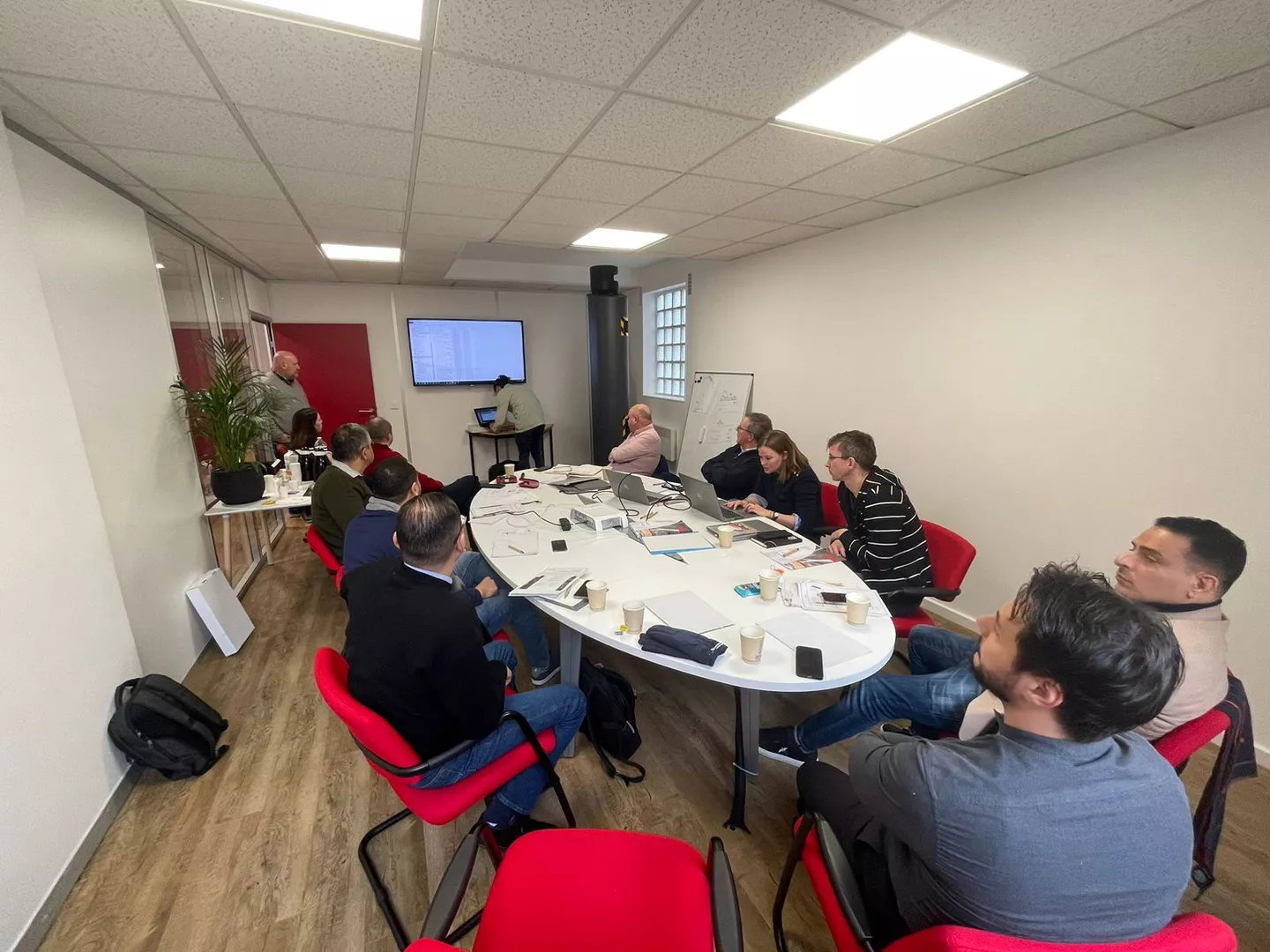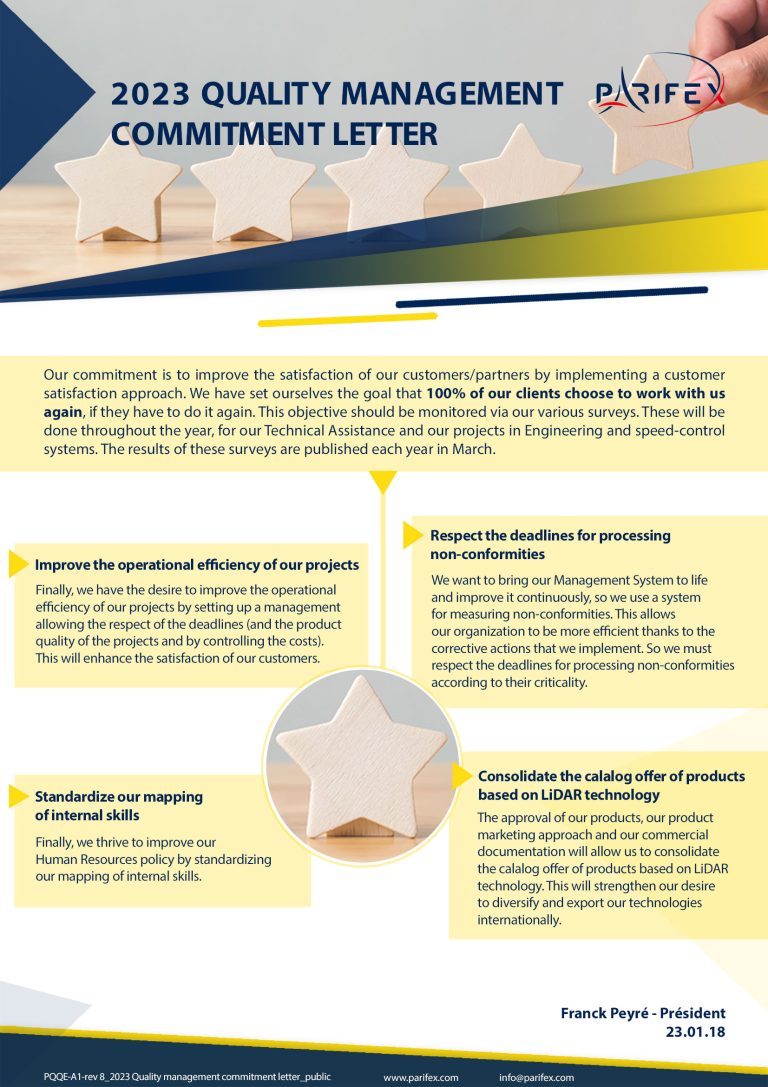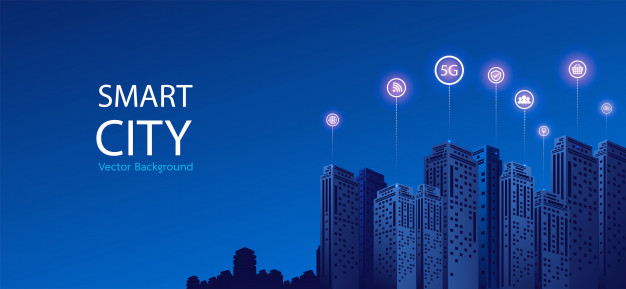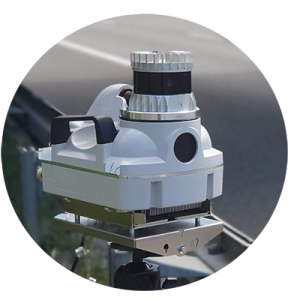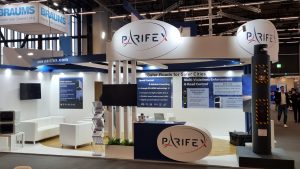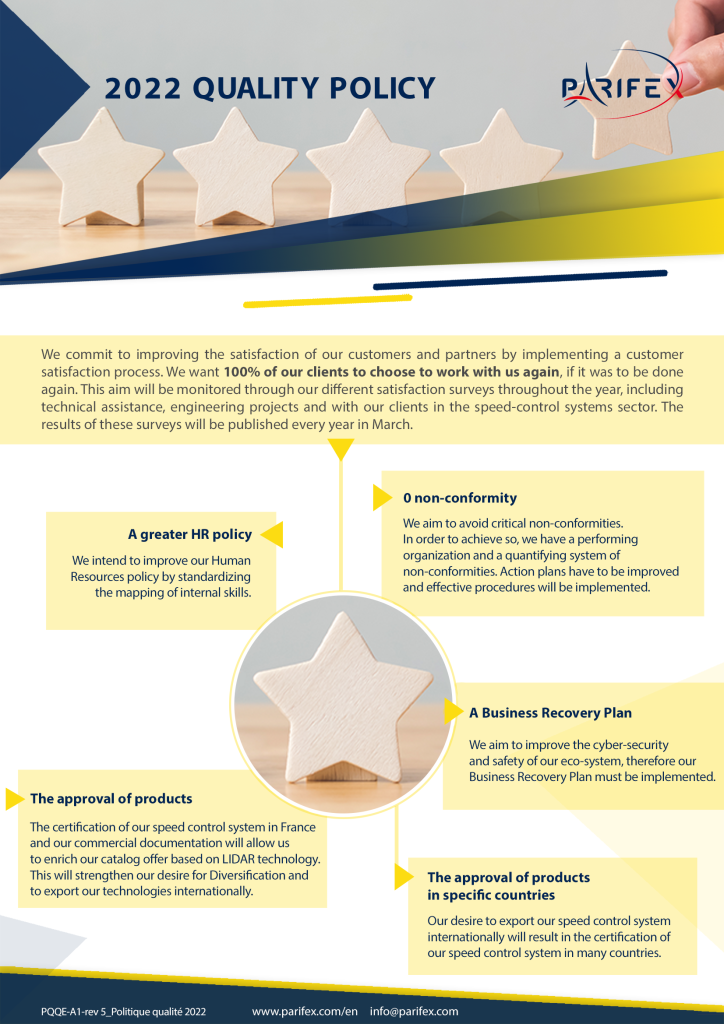Category: News
Quality Policy 2023 highlighting Customer Satisfaction and System Performance

Quality Policy 2023
We continue our efforts and aim for improvements in our quality system 2023 in order to provide the best services and solutions and guarantee an operational efficiency to our customers.
Different tools such as surveys have been put in place throughout the year to measure the customer satisfaction for every completed project.
PARIFEX is a ISO 9001 ans ISO 14001 certified company. Learn more about the certification.
Contact us
The French city of Dijon bets on urban data to enhance the city


The French metropolis of Dijon becoming smart city through urban data
Digitalisation of public spaces is one of the main issues for cities to remain attractive. That is why the French city of Dijon has built a transformation plan to become a smart city. Urban data, connected buildings, smart lighting, hydrogen bus, citizen’s portal… Dijon has started a comprehensive project including inhabitants at the center of transformations.
Citizens as leaders of the transformation
Inhabitants are key players in the transformation of cities whether it deals with a small town or a large metropolis. Not only are they the first public involved by change, but they also must be actors of it.
That is why Dijon has designed a transformation plan for an intelligent territory through urban data collection, connected buildings, smart lighting, hydrogen bus…
An ambitious project
The Dijon digitalisation strategy is a comprehensive project that aims to offer a pleasant urban space. Regarding lighting, 34.000 equipements are already connected and managed in real time.
At night, they come on as soon as they detect a movement which has enabled to save 65% of energy.
The visionary metropolis goes even further and has invested 150 million euros to successfully complete the project.
Recently, a collaborative portal, designed by and for people, has been released. This mobile app enables to highlight urban problems, such as traffic difficulties, road accidents, etc. Travelers become the major players of the project by sharing the issues they have across the streets and their experience as users of municipal utilities in real time.
A precious urban data collection
The portal enables the city to get not only grievances but also data that will be useful to get recurrent needs and expenses analysis and statistics . Once the database is available, the metropolis easily could define the main issues to focus on.
Contact us
NEWSLETTER #4 – NANO speed camera certification, European & African partenership, Intertraffic’s great success…. Discover the editorial by Franck Peyré, CEO OF PARIFEX

Dear Partner,
The first semester has already ended. And it has been a milestone since our NANO speed enforcement solution has been certified by the French laboratory of metrology and tests (LNE) as the very first speed camera based on the 3D-LiDAR technology for speed enforcement. The certification rewards our commitment, our work and our intense research in the field of innovation, PARIFEX’s moto since the company’s foundation and a part of its DNA.
Then, the NANO-CAM, our compact device for speed control and road counting including a camera and a 3D-LiDAR, will be certified as well in a few weeks. Our latest multifunctional solution offers many features and will enable to control average speed, level crossing, lateral distance, etc.
During this semester, we also were glad to take part and meet you in both Intertraffic Amsterdam and the ITS European Congress in Toulouse. I am pleased to see the deep interest from the all the market players for the mobility sector and the issues regarding road safety. Many companies have taken up the cause in order to provide better solutions to secure our cities, roads, and particularly traffic flows. Professional shows allow to meet new people, discover the many market players and create new business relations between our countries. I thank our partners throughout Europe for their trust, and especially in Portugal, Switzerland, Sweden, Austria, and a bit further… We also continue to cooperate with our partner specialized in engineering, and especially for recent response to the call for tenders for steam injection.
Moreover, we keep on working on North of Africa through a new project for the next three years. PARIFEX will manage studies, procurement, and commissioning of control systems and instrumentation, along with the revamping of a dehydration and industrial decarbonization unit.
Finally, as you know, every industry is affected by the current global context and the supply difficulties. Unfortunately, we are not the exception and we sometimes have difficulties to get some electronic components. The delayed shipping has an impact on our delivery but I want to tell you that our team is working hard to find alternative solutions to keep on our production rate. Although it depends on the suppliers’ rate, we are on optimistic tracks.
I wish you a wonderful summer time and stay safe on the roads.
I want to be contacted
Smart infrastructure for safer roads

Fatal traffic accidents: reinventing new infrastructure suitable to the increasing number of travellers and modes of transport
Road safety remains the top mobility issues. Behaviours and causes of accidents are still increasing while traffic injuries keep on worrying. Enforcement has to be reconsidered to protect the ever-increasing number of travellers using ever-diversified modes of transport.
Bruno Maréchal, Sales Director of PARIFEX, analyses road safety figures and explains solutions necessary to improve them.
What is the analysis in terms of fatal traffic accidents?
Nowadays, injuries caused by traffic accidents are a global health issue. The WHO evaluates that about 1.3 billion of people die in road accidents every year worldwide.
In France, we counted 2.550 dead people in 2020, 44 997 physical accidents and 55.754 injured persons. Figures depends on the current health situation but they are still alarming.
I want to add that about 10 people die on the roads every day. It is interesting to compare figures between countries as France, which has a strict road safety policy, and low-income countries where 93% of global death occur.
Who are the most vulnerable travellers?
The most vulnerable travellers are pedestrians, bike riders, and motorbike riders, they are the half of the injured persons worldwide. One motorbike rider out of 2 dies in one out of two accidents with another traveler. Regarding profiles, victims are mostly light-duty vehicles and men. Men are 75% of dead people and 82% of people involved in fatal accidents.
It is interesting to highlight that traffic accidents are the most common cause of death for 15-24 year-olds who represent 20% of dead persons.
Considering this analysis, where do most accidents take place?
Most traffic accidents take place on urban roads. However, fatal accidents mostly occur on country roads. 70% of fatal accidents occur in urban roads but represent only 28% of dead persons. In other words, 2 out of 3 dead persons die on country roads.
And globally?
The number of dead persons has finally stabilised while the number of inhabitants has clearly increased. We see the crash victims number decreasing in 79 countries and increasing in 68 other countries. The crash victims number have successfully decreasing in some countries which have enhanced existing legislation and get safer roads.
What are the main factors in crashes?
Driver behaviour causes most of accidents and speed is the first factor leading to fatal crashes: 32% of victims are due to excessive speed, 29% to alcohol, 22% to drugs, and 20% to the seat belt, following by whether mobile telephone use, fatigue, or insuffisant safety distance.
The higher the speed is, the more serious the consequencies are. Any impact beyond 80km/h leads to death even if the driver has fastened the sea belt. We know that speed limitation and enforcement are efficient ways to reduce the number of crashes since reducing speed by 1% enables to decrease accidents by 4%.
What solutions enables to reduce traffic accidents?
It is essential to control speed with efficient and reliable solutions. PARIFEX specializes in fixed and mobile speed enforcement cameras. The VIGIE and the Double-Side VIGIE are currently on the French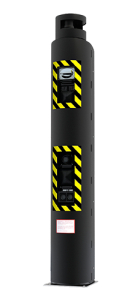
PARIFEX offers innovative solutions including a 3D-LiDAR sensor in order to provide more precise and reliable devices. Can you explain why your solutions are more effective?
PARIFEX chose 3D-LiDAR technology because it offers strong benefits for the operator compared with other technologies. Firstly, the 3D-LiDAR sensor provides highly reliable 3D data and a complete map of the environment. Unlike a camera, the 3D-LiDAR sensor can operate day or night and in any weather conditions.
Can we fit them in the current infrastructure?
Indeed, our solutions have been designed to fit in the current urban infrastructure. We are taking part in various testings, including one with the Cerema, the French institution dedicated to supporting public policies, under the dual supervision of the ministry for ecological transition and the ministry for regional cohesion and local authority relations. This project on road counting aims to improve traffic safety and flows in urban roundabouts, for example, through data collection and vehicle tracking in real time.
Moreover, we took part in a project of autonomous vehicles. In the urban environment, our sensors enables to analyse traffic and provide data to the autonomous vehicles to ensure safe travels.
Contact us
Carbon footprint assessment program to reduce GHS


Why we decided to establish our carbon footprint
More and more companies are involved in a carbon footprint assessment in order to reduce the emissions due to their activities. Although PARIFEX is not subject to the obligation, the company has decided to begin a voluntary carbon footprint assessment program to complete its environmental policy.
Audrey Gasse, Continuous Improvement Manager, answers all the questions about this commitment.
🍀 Audrey Gasse, can you explain what a carbon footprint is?
The carbon footprint calculation is the total greenhous gas (GHG) emissions caused by an individual and an organization. Nowadays, many companies are defining an environmental policy in order to reduce their GHG through the carbon footprint. According to the French Agency for Ecological Transition (ADEME), it provides a deep analysis of the GHG generated by the different activities of the company.
🍀 What is the best method to calculate the carbon footprint?
The energy audit and the results are not an exact science. It is necessary to disconnect theory from pratice. The final figure is not a precise data but it enables to get a rough estimate. The most important is to repeat the calculation every year and get it decrease through the different actions. The main interest is to define the most harmful activities and deploy concrete actions to decrease the GHG throughout the years.
🍀 What are the challenges and issues for companies?
We want to take part in the global action. Calculating the carbon footpring shows to our customers, partners, etc., that the company is involved in a virtuous approach to protect the environment. It also enables the company to involve the employees who recognize themselves in this policy and share common values. Even if the figures must be considered with hindsight, a annual assessment leads to an evolution.
🍀 And as for PARIFEX?
PARIFEX is not obliged to calculate the carbon footprint but we want to take part in the change of the world. As we are also ISO 14001 certified, the assessment was an obvious step to strengthen our environmental commitment. We wanted to act beyond the certification’s requirements to be conscious of the most harmful activities and analyze the figures more deeply. It is a concrete process to know our energy costs.
🍀 Why PARIFEX decided to make this process internally?
Our employees have undergone training to get the necessary skills for the carbon footprint assessment. We absolutely wanted to deal with it internally since we considered that our employees are the best person to lead this project, they know PARIFEX better than anyone else. It is an motivating project and our employees have shared a lot of ideas and propositions for several years. It also allows them to express their environmental convictions and take part in the improvement of the company’s various process.
🍀 All the employees have been involved in the process?
We are convinced that they must be involved from the very start of the project to understand every action and every issue. It has been a very good approach to involve some of them, inform some others and teach them new things.
Contact us
Mobility and safety facing the increasing number of users
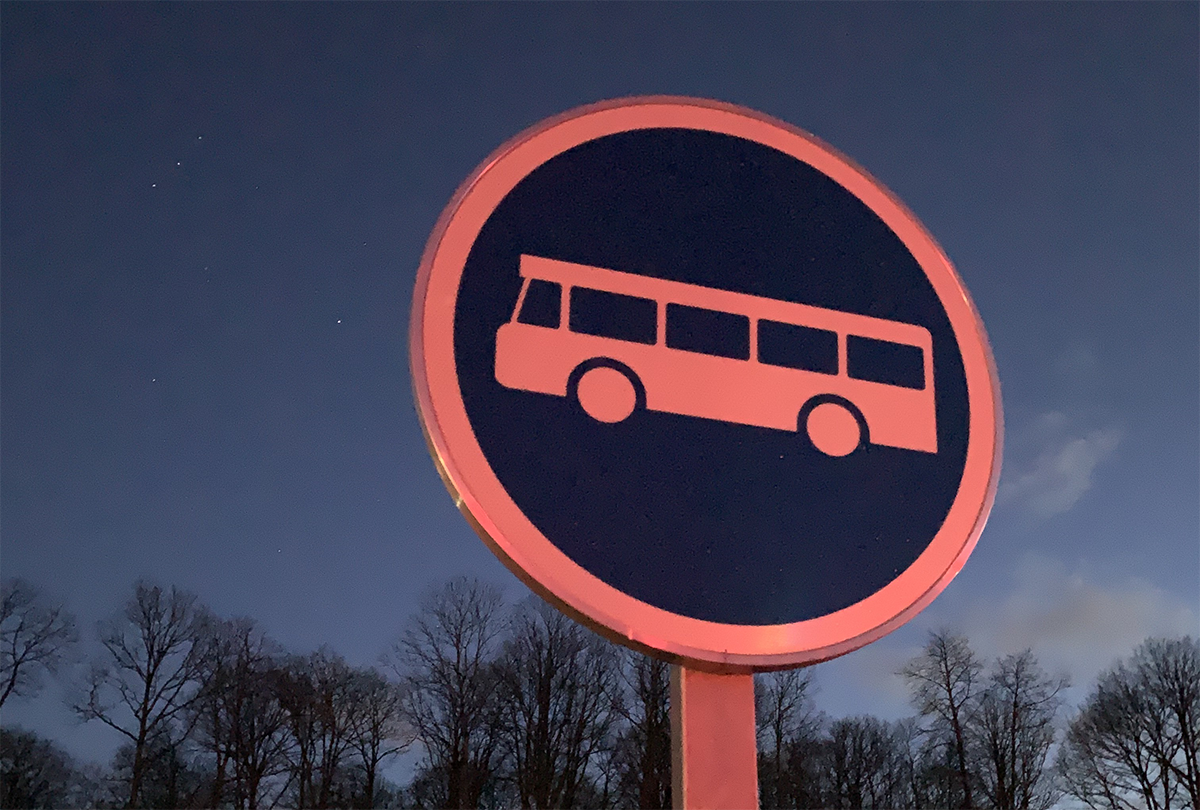

Mobility and road safety facing the increasing number of users
Intertraffic, the impressive show gathering traffic and mobility sector professionals, has finally been back after two years after the pandemic, from 30 March to 1st April, in Amsterdam. Once again, the show highlighted the latest innovative solutions dedicated to mobility. Professionals pointed out that road safety remains the top priority due to the increase in modes of transportation and users.
Intertraffic is finally back
There was a warm ambiance in Intertraffic Amsterdam, the show that gathers together all the traffic and mobility professionals every two years. Nathalie Deguen, Sales Manager of PARIFEX, attended this moment expected by visitors and exhibitors “There was a very friendly ambiance, it was obvious that people were happy to meet personally.” Mobility professionals were looking forward to meeting after two years without any Intertraffic show. “The show is so large that we cannot meet everybody, but all market participants were present and we were lucky to welcome a lot of people on our booth.”, Deguen says.
The sector states its ambition for tomorrow
The unmissable Intertraffic show is a vibrant place turned towards the future and solutions for the mobility of tomorrow. “The diversity of participants confirms that it is a dynamic sector.”, says Marie-Pierre Aguirregabiria, Project Manager at PARIFEX.
Nathalie Deguen shares the same point of view “Intertraffic highlights the growing desire to upgrade mobility. Visitors are looking for even more innovative solutions and advanced features.”
Cutting-edge solutions have been introduced during the show, such as the NANO-CAM, the compact and light multi-functional sensor for speed enforcement and road counting.
Mobility and safety
Professionals agree that users’ safety remains the major challenge for the next few years. The evolution of modes of transportation requires innovative infrastructure that guarantee safe travels. “Many visitors shared their interest for road safety, and it has become a global trend. It is necessary to strengthen users’ safety.”, comments the Project Manager. Road safety must rely on precise and reliable solutions. “Local communities are looking for advanced solutions that allow to classify users and detect various offences such as the use of the mobile phone while driving, the seat belt, etc.”, says Nathalie Deguen.
Contact us
Next-generation mobility solutions: the key takeaways of the ITS European Congress Webinar
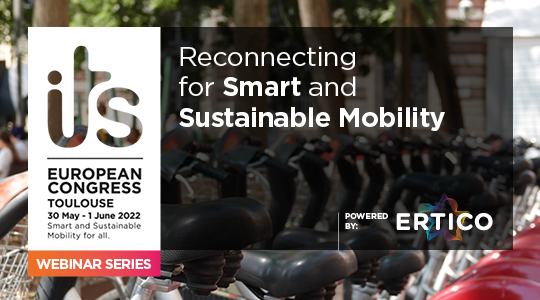

ITS European Congress has summarised the key takeaways from last week's ITS European Congress Webinar! 👉Take this opportunity to read more about one of the main Congress topics: Next-Generation Mobility Solutions 💡
Smarter and more sustainable mobility will be achieved based on multiple inter-connecting factors, not least cutting-edge technology to support innovation and create next-generation solutions: from AI, automation and autonomous vehicles to mobility data and digital enablers such as 5G and 6G.
These topics were explored by an expert panel in the latest webinar ahead of the ITS European Congress, which takes place at the MEETT Exhibition and Conference Centre in Toulouse, 30 May to 1 June. ‘Next-generation solutions’ is one of the main Congress topics this year.
“Future smart mobility requires leading-edge technology and connecting the dots in terms of vehicles, technology, infrastructure, people and goods,” says Joost Vantomme, CEO of ERTICO-ITS Europe. Solutions being developed, tested and deployed now – including projects and platforms managed by ERTICO – are shaping the future of traffic management and traffic efficiency, safer roads, logistics, and cleaner greener transport. Mobility data, edge computing, artificial intelligence and cyber-resilient infrastructure are important elements in providing these solutions.
All about the data
“In next-generation solutions, data is the common denominator: using data and information to benefit moving people and goods, in urban mobility, autonomous transport, platooning, and so on,” says Coen Bresser, Senior Manager of Innovation and Deployment, ERTICO-ITS Europe. He points to the importance of FAIR Data Principles around data availability, accessibility, interoperability and useability. ERTICO innovation platforms and partnerships cover all these areas.
The work of Dutch C-ITS data aggregator Monotch illustrates the critical role of data, plus the need to move from trials to mass deployment: “Next-generation Cooperative Intelligent Transport Systems mean serving a massive audience compared to previously, and having a far greater impact,” says Menno Malta, Monotch CEO and founder. “This is a multi-stakeholder ecosystem, with many data providers and consumers. And while C-ITS has made huge progress, technical and organizational obstacles remain that can block the large-scale deployment.”
Designed to overcome these barriers, the Monotch TLEX platform is, he says, a game-changer. Three large-scale live use cases are deployed in 29 of the Netherlands’ 40 main cities, with two million active vehicles connected in the ecosystem and more than 1 billion C-ITS data exchanged every day. Benefits seen include a 15.5% reduction in CO2 emissions, a 10% reduction in travel times, and an estimated 4.4% reduction in fatalities and a 4.8% reduction in injuries. Monotch is presenting and exhibiting in Toulouse.
Safer roads
Continuing the safety theme, ERTICO partner and Toulouse exhibitor PARIFEX has adopted 3D LiDAR (Light Detection and Ranging) tech to strengthen its speed control systems. Its approach combines 3D LiDAR with a camera, image processing and AI to make roads safer in multiple settings, providing a 360-degree field of view, speed measurement, classification, identification, tracking and accurate data collection, all in real-time.
“We place great importance on innovation, and road accidents and mortality rates are a major concern: we want to protect all users and especially the most vulnerable,” says Nathalie Deguen, PARIFEX speed enforcement department. 3D LiDAR provides increased control, with the multifunctional NANO-CAM sensing solution providing efficiency and precision. This approach can be applied in diverse applications including traffic management and autonomous vehicle projects, helping future mobility to be smarter and safer.
Towards CAD safety assurance
“Connected & Automated Mobility has the potential to make transport safer, greener and more accessible, but only if it’s done right,” adds Tom Alkim, Strategic Adviser CCAM at traffic and mobility management service provider MAPtm, which is part of the Traffic Management for Connected and Automated Driving (TM4CAD) project consortium. “Questions remain, including how to integrate connected and automated vehicles (CAVs) into broader transport systems, and how they interact with other forms of mobility”.
In this context, Operational Design Domain (ODD) describes the combination of operating conditions under which a driving automation system or feature is designed to function. Gaps emerge, however, usually due to changes in infrastructure, traffic conditions and weather. To help overcome those gaps, TM4CAD is exploring Distributed ODD Awareness for CAD systems. This means vehicles are aware of their surroundings – scenery, environments, dynamic elements – via maps, vehicle sensors, roadside equipment and more, with information about different attributes also coming from third parties. Data and connectivity are, again, core requirements.
Making ITS tangible in Toulouse
The three-day ITS European Congress combines a high-level programme, comprehensive exhibition and detailed technical agenda, with more than 300 submissions received across the main Congress themes: next-generation solutions; services for citizens; green and sustainable mobility; from large scale trials to deployment; and cities as logistics hubs. “Our opening ceremony will feature a fantastic inspirational speaker, the Toulouse-based astrophysicist Dr Sylvestre Maurice, who discovered ice on the Moon and water on Mars,” says Lisa Boch-Andersen, Director of Communications, Congresses & Events, ERTICO-ITS Europe.
The Congress also includes the ITS Summit: a rare opportunity for industry leaders and senior representatives from the local and national government to meet and discuss ITS issues in roundtables. Topics to be explored include data ownership and access to data, inclusion and the digital divide, data sharing, and interoperability. Lisa adds, “Registration for the Congress is open now, and we hope to see you in Toulouse.”
Text by ITS European Congress
Watch the full recording of the ITs European Congress webinar
Contact us
Customer satisfaction, approval of our products, performing organization… discover our quality commitments for 2022

Our quality commitments for 2022
Our quality commitments for 2022 are our priority.
We commit to improving the quality of our activities and the satisfaction of our customers and partners by implementing a customer satisfaction process. We want 100% of our clients to choose to work with us again, if it was to be done again. This aim will be monitored through our different satisfaction surveys throughout the year, including technical assistance, engineering projects and with our clients in the speed-control systems sector. The results of these surveys will be published every year in March.
For 2022, we also want to make our products approved in some countries to work beyond our borders.
PARIFEX is a ISO 9001 ans ISO 14001 certified company. Learn more about the certification.
Contact us
How we help you with your instrumentation database update, migration, and administration

